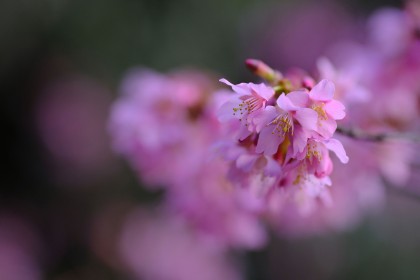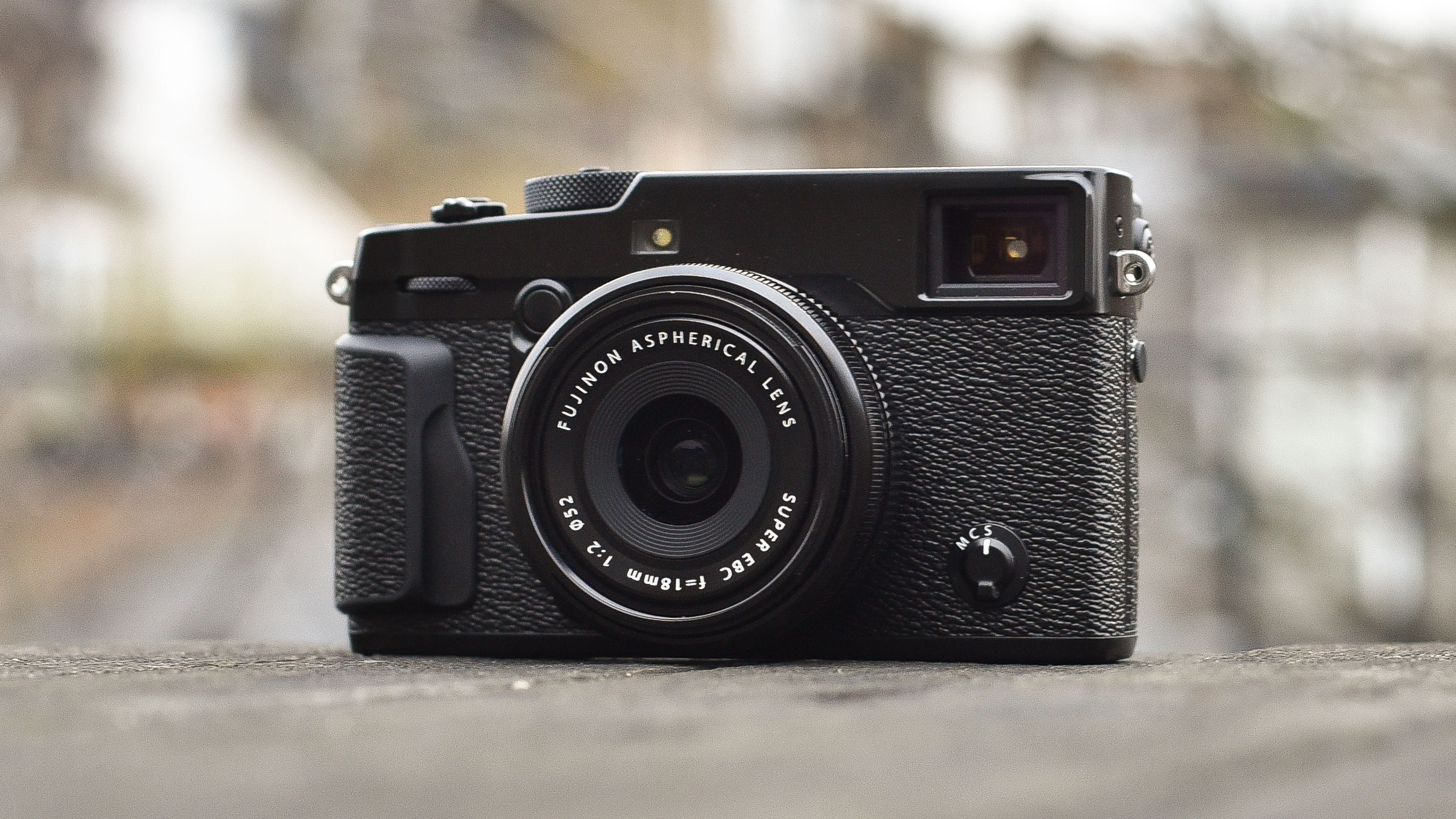Why you can trust TechRadar
Perhaps the most common criticisms of the X-Pro 1 regarded its autofocus system, which explains why Fuji issued a number of firmware updates addressing this. Yet, even with the X-Pro1 running on the most recent v3.50 firmware update, a comparison between the two confirms that Fuji has indeed made real progress with the new camera.
Although it's difficult to measure exact focusing speeds, and as these are very much dependent on the lens, subject and other factors, Fuji's claims of a doubling of focusing speed from before does appear to be validated through testing. This is perhaps a touch behind some of the competition – this is, after all, an area where great gains have been made in recent cameras – although for most scenes this is not a concern.

• The AF point can be adjusted to one of four sizes, which is useful when focusing on smaller details such as the stamens of flowers. Here, the smallest point of the four options was used. Click here for a full size version.

• The new Grain function lends images a pleasing but subtle film-like quality, and this should particularly appeal to users who started out photographing in the analogue era. Click here for a full size version.

• The Zone/Tracking focusing option works well to maintain focus on moving subjects, and this can be combined with 8fps burst shooting. Click here for a full size version.

• The camera's default colour option is Standard/Provia, which gives images a nice boost over Raw files while staying accurate and true to life. Click here for a full size version.
The camera's Wide/Tracking option does well to maintain focus on subjects moving at slow and moderately fast speeds and I was impressed with the hit rate when studying these images closely. There were a few occasions where the camera repeatedly returned false positive focus confirmations, and it wasn't obvious as to why this was the case given the fine visibility and contrast of the subject, but this did not happen often enough to be a cause for concern. When shooting ducks swimming in and flying around a pond, now and again the camera would be distracted by the shimmer of the water, although this is a testing environment for any camera's tracking capabilities and it would be unreasonable to expect a flawless performance here. The key thing is that it's usable and effective.
Sign up for breaking news, reviews, opinion, top tech deals, and more.
One thing I found useful is the ability to adjust the size of the focusing point – which is more a box than a point – to four different degrees, particularly when focusing on small details such as a flower's stamens, where the default size was a little too large. The ability to adjust this quickly – you simply press in the focus lever and turn the rear command dial – is most welcome when you consider the lack of a touchscreen, which would otherwise be useful in achieving the same goal.
Even when capturing images at the camera's 8fps burst rate, and shooting uncompressed raw images, the camera maintained its speed well enough to cover most eventualities. Using a Transcend 64GB SDXC card, the camera maintain a burst of uncompressed raw and Fine JPEG images for 25 frames, dropping to about one frame second after this, and 26 when shooting raw images alone (just one under the promised 27). These took around 20 seconds to clear the buffer and, pleasingly, the camera remained operational throughout, even allowing for further images to be captured. It was only when nearing the end of the card's capacity that the camera slowed right down and took considerably longer to flush these out.
The X-Pro 2 offers a well rounded collection of raw processing options in camera, which is great when you want to tweak exposure, shadows or colours, or alternatively create multiple copies of the same image. It's a shame that these options aren't in any way previewed as they are selected, in the same way the they are when selecting different Film Simulation modes and white balance, as you're essentially processing blind until all adjustments are made. Once the image has been processed and displayed, the camera returns to the original image, which at least gives you some idea of how appropriate any changes have been.

• Face detection does well to identify subjects and ensure that eyes are sharp. Click here for a full size version.

• The camera's Raw processing function makes light work of small tweak to colour, exposure and so on, although the image cannot be previewed until converted. Here, Color was adjusted by +1 for extra saturation. Click here for a full size version.
The image stabilisation of the XF 50-140mmF2.8 R LM OIS WR lens used as part of this test was clearly effective though the viewfinder, and I generally found good performance down to around 3EV stops slower than usual. Many of the lenses that are ideally partnered with the X-Pro2 – namely, smaller prime lenses – sadly lack image stabilisation. This isn't too great a concern with wider focal lengths and wide apertures, but it nevertheless gives rival cameras with built-in image stabilisation an advantage. There are, however, three customisable Auto ISO settings that allow minimum shutter speeds to be defined to maintain sharpness, which is particularly useful with prime lenses.
The camera's auto white balance system does very well in a range of environments, only slipping under mixed daylight and incandescent light, delivering far too warm a cast. I found it also sought to slightly tame the warmth of other artificial sources, but otherwise it did well.
Similarly, the camera's metering system did a very good job in all manner of conditions. I was particularly impressed with its performance when faced with scenes dominated by either darker or brighter details, where many other cameras would come unstuck; here, studying the images and their histograms showed the camera did a brilliant job to keep the scene balanced. Only occasionally the camera displayed a tendency towards underexposure, although this is perhaps just as well as highlights did tend to roll off (burn out) a little sooner than expected. I also found a noticeable difference in exposure when the Face Detection system correctly identified faces in the scene exposures, lifting the exposure to deliver a slightly more pleasing result.
Current page: Performance
Prev Page Controls and settings Next Page Colour rendition, noise and video